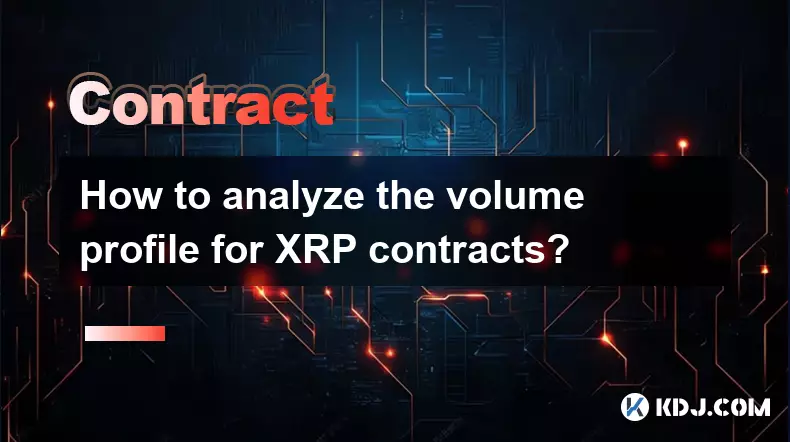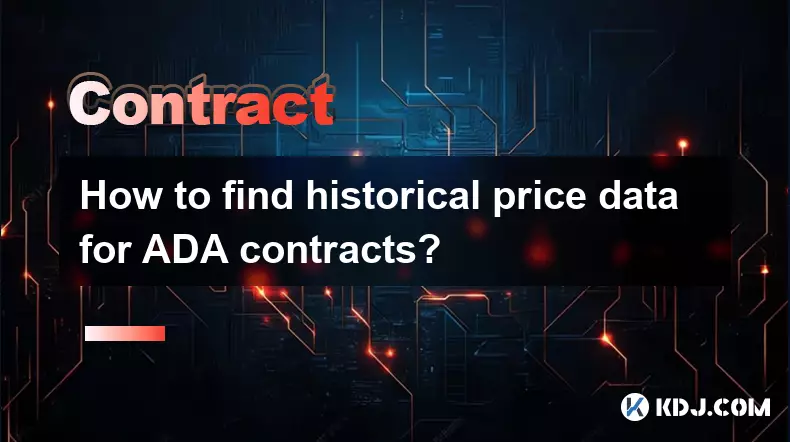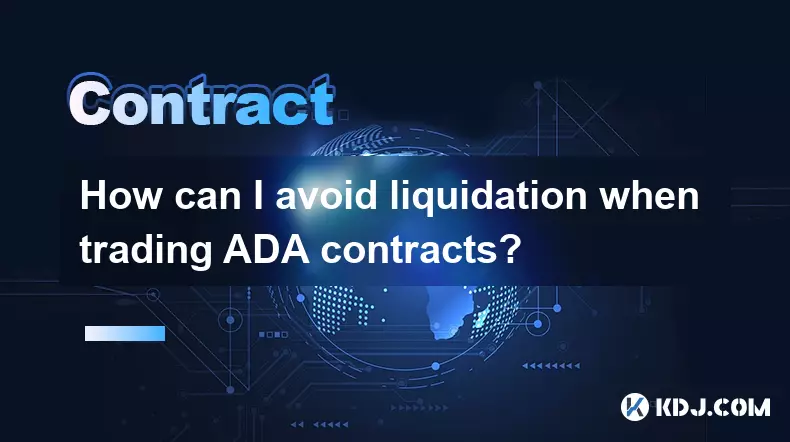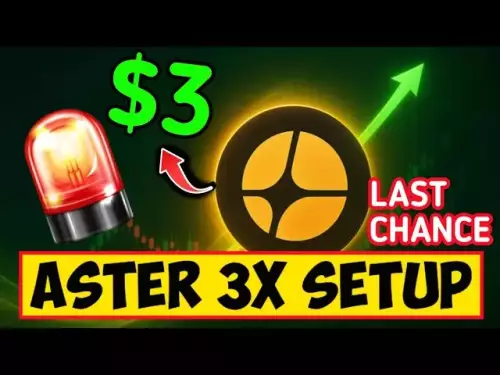-
 bitcoin
bitcoin $106975.071866 USD
-0.29% -
 ethereum
ethereum $3871.670850 USD
-0.07% -
 tether
tether $1.000261 USD
-0.01% -
 bnb
bnb $1084.417621 USD
-0.50% -
 xrp
xrp $2.348167 USD
0.82% -
 solana
solana $185.621736 USD
0.45% -
 usd-coin
usd-coin $0.999833 USD
-0.04% -
 tron
tron $0.313423 USD
0.81% -
 dogecoin
dogecoin $0.188856 USD
0.54% -
 cardano
cardano $0.630416 USD
-0.49% -
 hyperliquid
hyperliquid $36.506353 USD
2.24% -
 ethena-usde
ethena-usde $0.999584 USD
-0.01% -
 chainlink
chainlink $16.750026 USD
-0.77% -
 stellar
stellar $0.313373 USD
0.37% -
 bitcoin-cash
bitcoin-cash $465.978560 USD
-1.57%
How to analyze the volume profile for XRP contracts?
Volume profile in XRP futures reveals key support/resistance levels by mapping volume at specific prices, helping traders identify high-probability reversal or breakout zones.
Oct 16, 2025 at 11:54 pm

Understanding Volume Profile in XRP Futures Trading
1. Volume profile analysis provides a visual representation of trading activity at specific price levels over a given period. For XRP futures contracts, this tool helps traders identify areas where the most transactions occurred, revealing potential support and resistance zones. Unlike traditional volume bars that show volume per time interval, volume profile displays volume per price, offering deeper insight into market structure.
2. The core component of volume profile is the Point of Control (POC), which represents the price level with the highest traded volume. In XRP contracts, the POC often acts as a magnet for price action, especially during consolidation phases. Traders watch for price reactions near this level to assess continuation or reversal signals.
3. Another critical element is the Value Area, typically defined as the range covering 70% of total volume. This area reflects where the majority of market participants have transacted. When XRP price moves outside this zone, it may indicate a shift in sentiment or breakout momentum, particularly if accompanied by strong volume.
4. Volume profile can be applied across multiple timeframes, from hourly to weekly charts. Short-term traders focus on intraday profiles to spot imbalances, while longer-term investors analyze daily or weekly profiles to understand institutional accumulation or distribution patterns in XRP futures.
Key Metrics to Monitor in XRP Volume Profile
1. Point of Control (POC) Stability: A stable POC suggests equilibrium between buyers and sellers. If XRP repeatedly returns to this level without breaking through, it confirms its significance. Sudden shifts in POC location may signal new directional bias.
2. Volume Imbalance Between Highs and Lows: When significant volume occurs at price extremes without corresponding counter-volume, it indicates potential exhaustion. For example, high volume at a peak with minimal follow-through suggests weakening bullish momentum in XRP contracts.
3. Low-Volume Nodes (LVNs) act as price accelerators. These are price regions with minimal historical volume. Once XRP breaks through an LVN, price tends to move rapidly until encountering a high-volume node, making them useful for setting profit targets.
4. High-Volume Nodes (HVNs) serve as anchors. These are price levels where substantial volume has been traded, indicating strong interest. In XRP futures, HVNs often become support or resistance zones during retracements.
Practical Applications in XRP Contract Analysis
1. Traders use volume profile to detect absorption—when large orders absorb incoming market flow without moving price significantly. In XRP contracts, absorption near resistance with rising volume may suggest distribution, while at support, it could indicate accumulation.
2. Combining volume profile with order book data enhances accuracy. For instance, if the POC aligns with a dense cluster of limit orders on the order book, the confluence strengthens the validity of that level in XRP trading.
3. Gaps in volume profile, known as 'voids,' represent prices where little to no trading occurred. XRP price often moves quickly through these voids, making them ideal zones for stop placements or quick entries when price retests them.
4. Profiles from key sessions—such as the Chicago Mercantile Exchange (CME) opening or major news events—offer insights into institutional behavior. Elevated volume in XRP futures during these windows can foreshadow sustained trends.
Common Questions About XRP Volume Profile Analysis
What is the difference between volume profile and regular volume indicators?Volume profile maps volume against price levels, showing where trades occurred vertically. Regular volume indicators display volume horizontally over time, such as in candlestick charts. The former reveals value-based structure; the latter shows temporal intensity.
How do I access volume profile data for XRP futures?Most professional trading platforms like TradingView, NinjaTrader, or ThinkorSwim offer volume profile tools. Ensure your data feed includes futures volume for XRP, typically available through exchanges like BitMEX, OKX, or Binance Futures.
Can volume profile predict exact price reversals in XRP?No tool guarantees precise reversals. However, volume profile highlights areas of high probability based on historical activity. Reversals are more likely at extreme highs/lows with volume confirmation, but must be validated with price action and context.
Does volume profile work during low-liquidity periods for XRP?Its effectiveness diminishes during thin markets. Low liquidity distorts volume distribution, creating misleading nodes. It's best used during active trading hours or after consolidating sufficient volume data across multiple sessions.
Disclaimer:info@kdj.com
The information provided is not trading advice. kdj.com does not assume any responsibility for any investments made based on the information provided in this article. Cryptocurrencies are highly volatile and it is highly recommended that you invest with caution after thorough research!
If you believe that the content used on this website infringes your copyright, please contact us immediately (info@kdj.com) and we will delete it promptly.
- Stablecoins, Pegged: Navigating Market Drawdowns and the Quest for Stability
- 2025-10-19 23:05:13
- Pi Network, Digital Revolution, Chronicles: A New Chapter Unfolds
- 2025-10-19 22:45:14
- Pi Network's Web3 Evolution: AI, Blockchain, and a $100 Vision
- 2025-10-19 22:25:13
- OpenSea's Bold Move: From NFT Marketplace to Trading Platform Giant – A Token Launch on the Horizon?
- 2025-10-19 22:25:13
- Pi Network, Web3, and Community Power: A New York State of Mind
- 2025-10-19 22:45:14
- XRP, SOL, and Options: A New York Minute on Crypto's Latest Moves
- 2025-10-19 23:05:13
Related knowledge

What are quarterly vs. perpetual ADA contracts?
Oct 19,2025 at 08:55am
Understanding Quarterly and Perpetual ADA ContractsDerivatives trading in the cryptocurrency space has expanded rapidly, offering traders various inst...

How to find historical price data for ADA contracts?
Oct 18,2025 at 10:18pm
Understanding ADA and Its Market Data Availability1. Cardano’s native cryptocurrency, ADA, operates on a decentralized blockchain that supports smart ...

How to hedge my spot Cardano portfolio with ADA contracts?
Oct 18,2025 at 05:36am
Hedging Your ADA Spot Holdings Using Derivatives1. Identify a reliable exchange that offers ADA futures or perpetual contracts. Exchanges like Binance...

How are the trading fees for ADA contracts calculated on Binance?
Oct 19,2025 at 03:18pm
Understanding ADA Futures Fee Structure on Binance1. Trading fees for ADA perpetual contracts on Binance are determined using a tiered system based on...

How can I avoid liquidation when trading ADA contracts?
Oct 18,2025 at 01:37am
Understanding Liquidation in ADA Futures Trading1. Liquidation occurs when a trader’s margin balance falls below the maintenance threshold required to...

How do you calculate profit and loss (PnL) for ADA contracts?
Oct 19,2025 at 12:18pm
Understanding ADA Contract Mechanics1. ADA contracts operate within the Cardano blockchain ecosystem, where smart contracts govern transaction logic a...

What are quarterly vs. perpetual ADA contracts?
Oct 19,2025 at 08:55am
Understanding Quarterly and Perpetual ADA ContractsDerivatives trading in the cryptocurrency space has expanded rapidly, offering traders various inst...

How to find historical price data for ADA contracts?
Oct 18,2025 at 10:18pm
Understanding ADA and Its Market Data Availability1. Cardano’s native cryptocurrency, ADA, operates on a decentralized blockchain that supports smart ...

How to hedge my spot Cardano portfolio with ADA contracts?
Oct 18,2025 at 05:36am
Hedging Your ADA Spot Holdings Using Derivatives1. Identify a reliable exchange that offers ADA futures or perpetual contracts. Exchanges like Binance...

How are the trading fees for ADA contracts calculated on Binance?
Oct 19,2025 at 03:18pm
Understanding ADA Futures Fee Structure on Binance1. Trading fees for ADA perpetual contracts on Binance are determined using a tiered system based on...

How can I avoid liquidation when trading ADA contracts?
Oct 18,2025 at 01:37am
Understanding Liquidation in ADA Futures Trading1. Liquidation occurs when a trader’s margin balance falls below the maintenance threshold required to...

How do you calculate profit and loss (PnL) for ADA contracts?
Oct 19,2025 at 12:18pm
Understanding ADA Contract Mechanics1. ADA contracts operate within the Cardano blockchain ecosystem, where smart contracts govern transaction logic a...
See all articles










































































